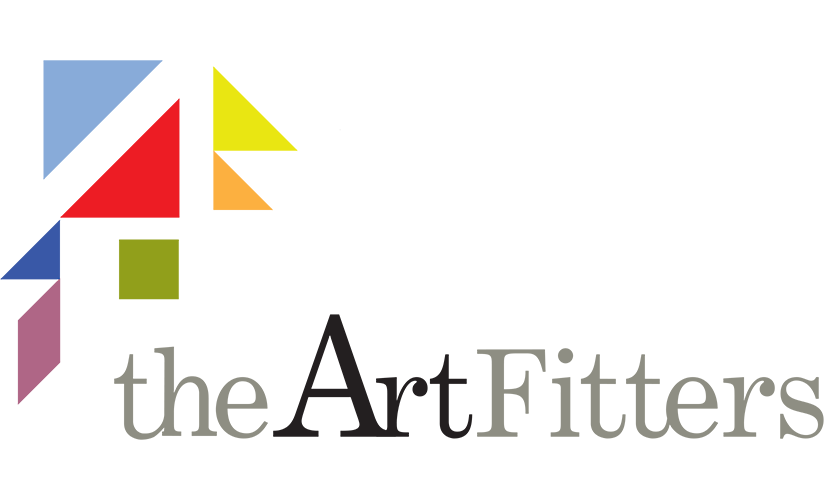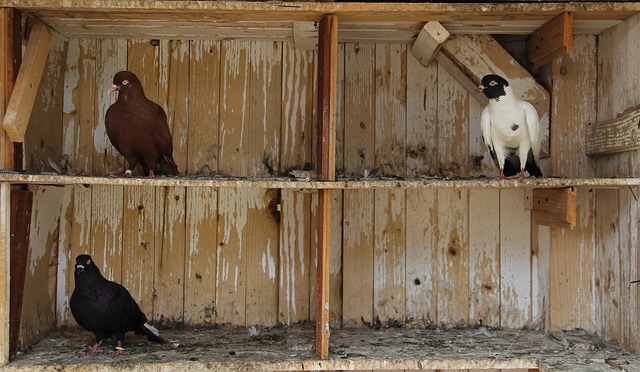Size Matters
Recently, while searching through Work Design Magazine, I came across two articles that could have been about my husband and me. I don’t mean to suggest we were mentioned by name or anything. It’s just that they seemed to celebrate the differences in our working styles; although, the first one was a tad more cryptic than the second. But more on that in a moment.
I work best when I’m connected with nature, when filtered sun streams along my desk, when my eyes can take a break from my computer screen and look at my thriving plants. I need a little background noise and some occasional white space (which I define as a kind of general emptiness) to clear my artistic mind when it gets a little too cluttered.
My husband, on the other, who’s a writer, works best in seclusion, in quiet spaces with absolutely no distractions, visual or aural. His thought process is like a train in a tunnel: He runs on a single track toward the light at the end, with complete focus. As you might imagine, we have frequent philosophical discussions about the difference (if any) between concentration and obsession. I won’t tell you which of us takes which side of the discussion. 😉
Can you imagine both of us having to work in the same office? Neither can we.
That’s What Makes Horse Racing
We’re all different, with different styles, preferences, desires, and predilections. So, when it comes to work environments, why do we think one size will fit all? And that question brings me back to the two Work Design Magazine articles.
The first one, from April of last year — “World’s Top Performing Workplaces: How The Best Beat The Rest” — cited a study by Leesman that surveyed 151,770 employees across 971 workplaces worldwide that concluded:
People favor variety in their workplace [sic] … workplaces that score highly feature working areas that accommodate all sorts of tasks … greater variety comes at the expense of personalization … better manage a wider variety of workplace designs, are organizations denying their employees the opportunity to personalize space?
So, that means … well … we’re not exactly sure what it means, since it contradicts itself and ends with a question. Let’s move on to the second article, shall we?
The second article, which ran in May of this year — “Thoughtful Design Methods To Foster The Wellness-Minded Workplace” — was a little more concrete and confident in its findings (Whew!):
By integrating work choice into design, organizations can support day-to-day processes and foster individual wellbeing while encouraging social connections through design … investing in employee health and fitness can lead to unity across the workforce, emotional wellness, a sense of responsibility, increased productivity and increased employee loyalty.
Okay. Health and fitness notwithstanding, that article affirms what common sense already indicated: By accommodating the ways in which people prefer to work and interact, they’ll be happier, get more work done, and be more likely to stick around.
The moral of the story is this: If you or your people aren’t happy with your workspace, change it.
We might be birds of a feather. But we’re not pigeons.




Leave a Reply
Want to join the discussion?Feel free to contribute!